The must-do list for the new administration to support fish and wildlife resources and create conservation jobs
In his first full week in office, President Biden has already taken steps to begin addressing how climate change affects fish and wildlife habitat. But the opportunities for this new administration to support conservation do not stop there.
Long before the election, as part of a comprehensive process of preparing decisionmakers in both the Trump and Biden camps, the TRCP team identified the top-tier issues that could be addressed in the first 100 days in office. Here’s our list of the ten most imminent habitat needs and impactful conservation measures that the Biden Administration should influence before April 30, 2021.
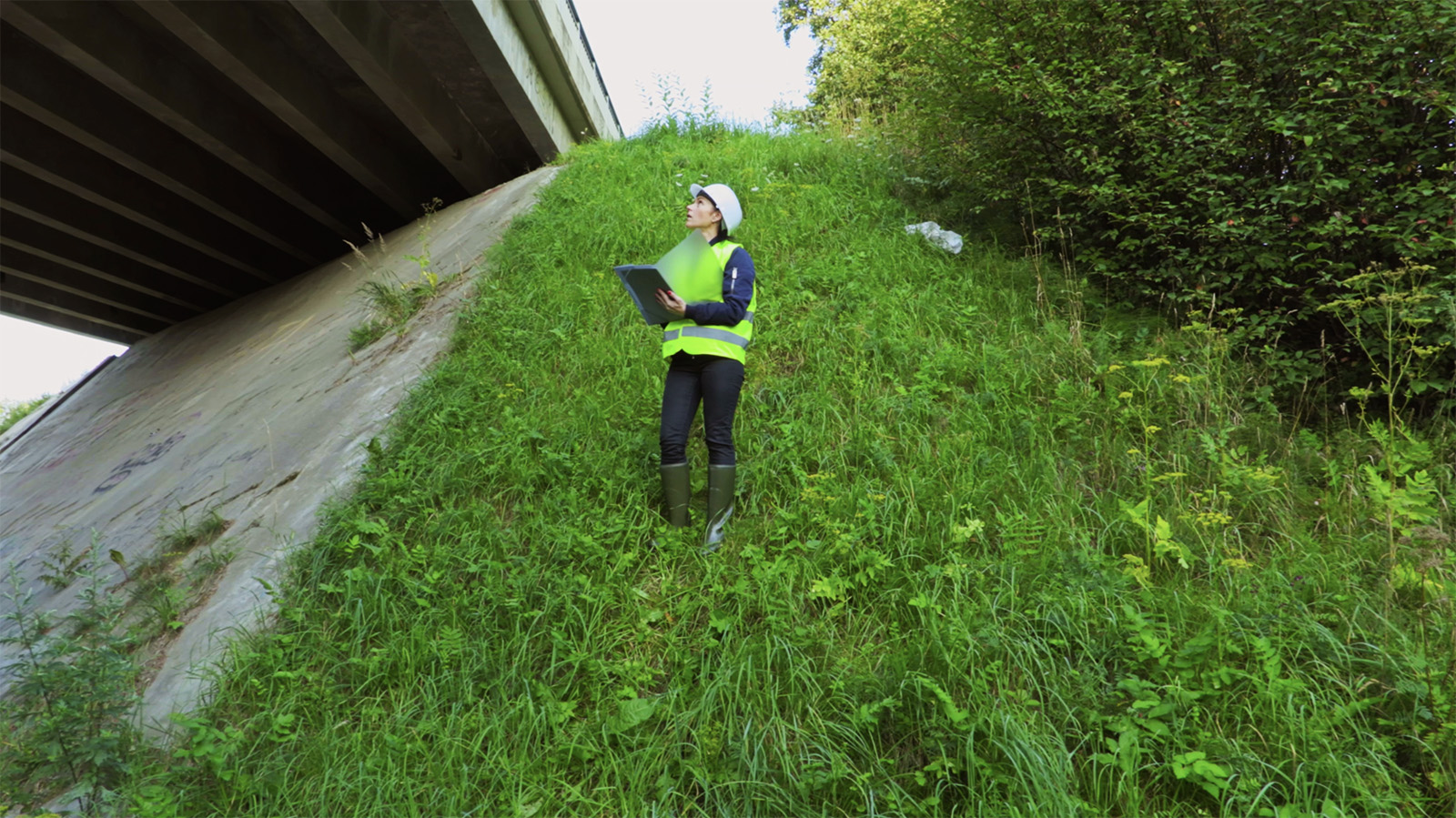
Put Americans Back to Work Through Conservation
Conservation funding spans a wide range of federal departments and agencies and touches upon nearly every aspect of our daily lives. Yet, conservation’s portion of the pie has been cut in half in the past 40 years—from 2 percent of the total federal budget in the 1970s to less than one percent today. This decline in federal funding has had significant impacts on our nation’s public lands and on federal agencies’ ability to protect and improve habitat.
The recent enactment of the Great American Outdoors Act will provide an important infusion of federal funding to address deferred maintenance backlogs, as well as land acquisition and public access priorities. This dedicated funding comes at a critical time, as visitation to our nation’s public lands, particularly during COVID, continues to increase at a dramatic scale. But more can be done.
The Administration must support Congressional efforts to increase conservation funding in the Farm Bill, improve the resilience of transportation infrastructure, invest in pre-disaster mitigation and sustainable water systems, and strengthen coastlines and habitat. These investments can help our nation recover from the economic impacts of the pandemic, while also spurring conservation.
Building on that, the president’s fiscal year 2022 budget is slated for delivery to Congress in early February, and it should provide strong investments in conservation. Beyond the first 100 days, a new budget deal will need to be negotiated with Congress—which holds the power of the pursestrings, no matter what the president’s budget request may include—to secure these investments and create conservation jobs.
Click here to visit our Conservation Works for America webpage and learn more about how investments in conservation can create jobs, rebuild our economy, and improve the health of our communities.
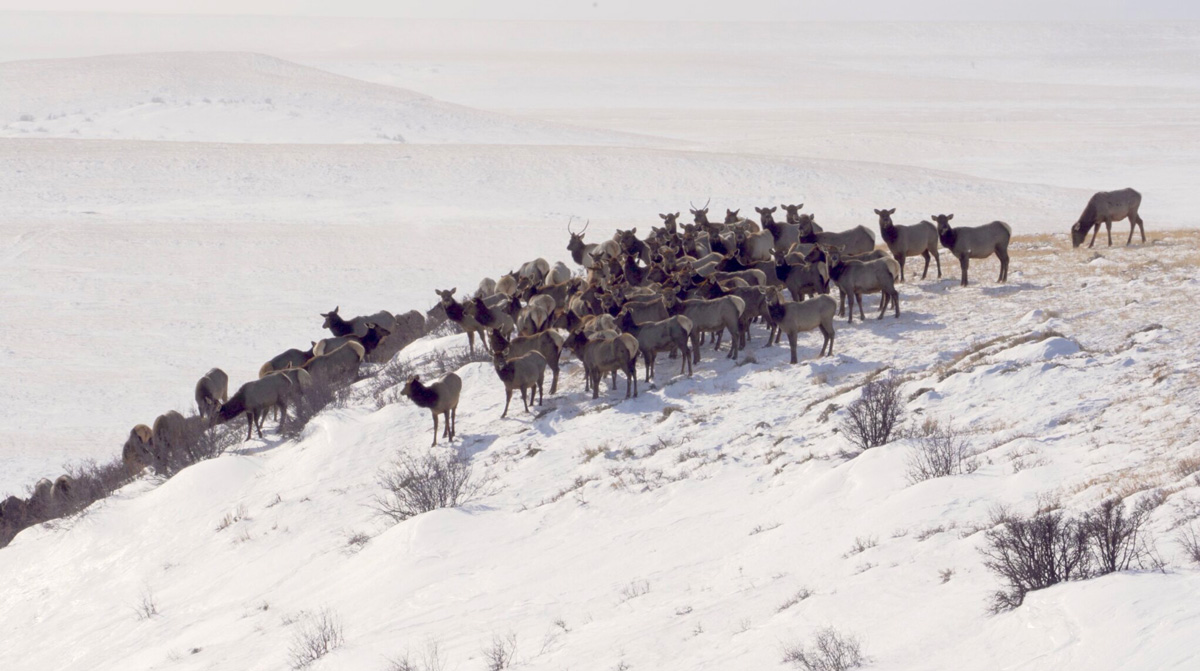
Use Habitat Improvements to Address Climate Change
Hunters and anglers are on the front lines of climate change, observing changes in fish and wildlife migration patterns, altered breeding seasons, shifts in home ranges, loss of habitat from sea-level rise, and even loss of trail and road access due to extreme weather events such as flooding and storm surges.
As of day one in office, Biden reengaged with other world leaders tackling this problem by re-joining the Paris Climate Agreement. His Executive Order this week marks another step forward. As his administration works out the implementation, we encourage the president to consult with communities that are impacted, including hunters and anglers.
We need to focus on harnessing the power of natural systems—in other words, habitat—to remove and sequester carbon from the atmosphere and protect communities faced with severe storms and other impacts of a changing climate. This would not only advance our country’s climate resilience but also improve air quality, soil health, and water quality. In the balance, sportsmen and women would gain stronger, more adaptable fish and wildlife populations and support for our vibrant outdoor recreation economy.
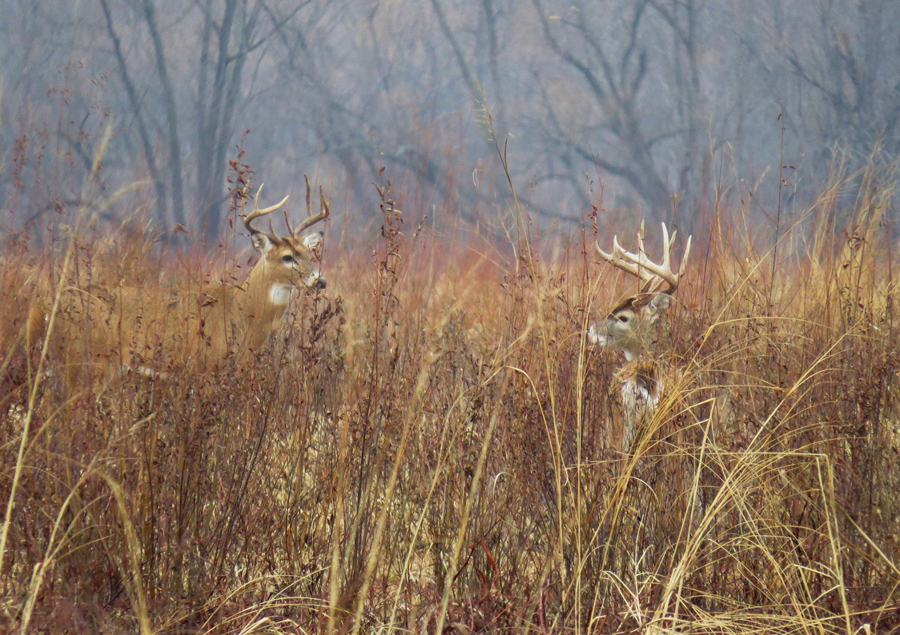
Invest in a Coordinated Response to Chronic Wasting Disease
This administration should take definitive steps to stem the spread of chronic wasting disease, which threatens the very future of deer and deer hunting, by investing both in state surveillance and testing efforts and in federal research on the disease.
Further, to ensure that the captive cervid industry is holding up its end of the bargain, we’d also like to see a third-party scientific review of the Herd Certification Program—a voluntary program at the USDA’s Animal and Plant Health Inspection Service for keeping captive deer herds at “low-risk” of contracting and spreading CWD. Until this review is complete, and its recommendations are implemented, the administration should place a moratorium on the interstate movement of live deer.
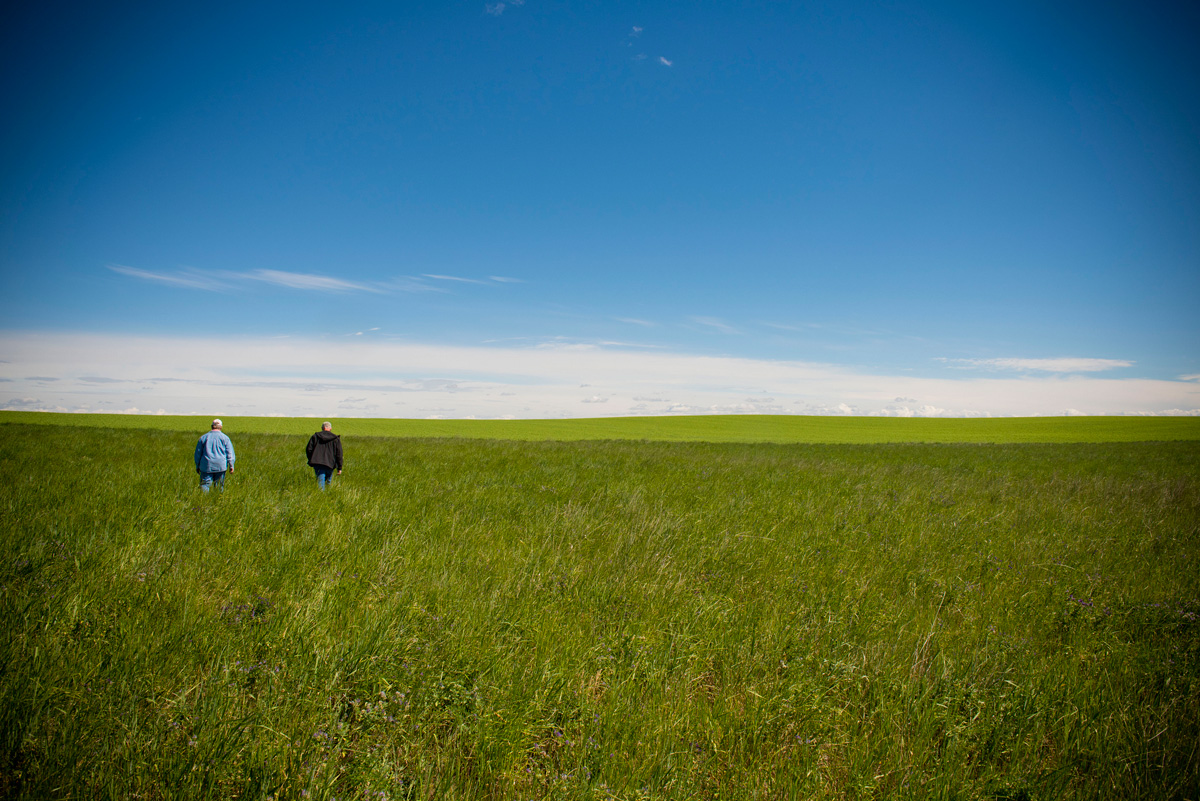
Max Out Conservation Reserve Program Acres
With just 21.9 million acres enrolled in the Conservation Reserve Program—the lowest enrollment since 1987—the incoming administration must restore the health of this popular Farm Bill program and its benefits to wildlife and landowners. Under the Trump Administration, the Farm Service Agency changed how CRP rental rates are calculated, reduced incentives, eliminated management cost-shares, and failed to roll out forest conservation practices. This has led landowners to look elsewhere when evaluating how best to manage their lands, leaving millions of potential CRP acres on the table.
In the 2018 Farm Bill, Congress raised the total CRP acreage cap from 24 million to 27 million acres, in part to accommodate growing landowner interest. In the first 100 days of Biden’s term, the administration needs to hold an emergency General Signup for the Conservation Reserve Program that offers incentive and cost-share payments at historic levels and restores soil productivity as an adjusting factor in rental rate determinations. The U.S. Department of Agriculture should also develop a public timeline for CRP signups to provide certainty as landowners make decisions regarding use of their lands.
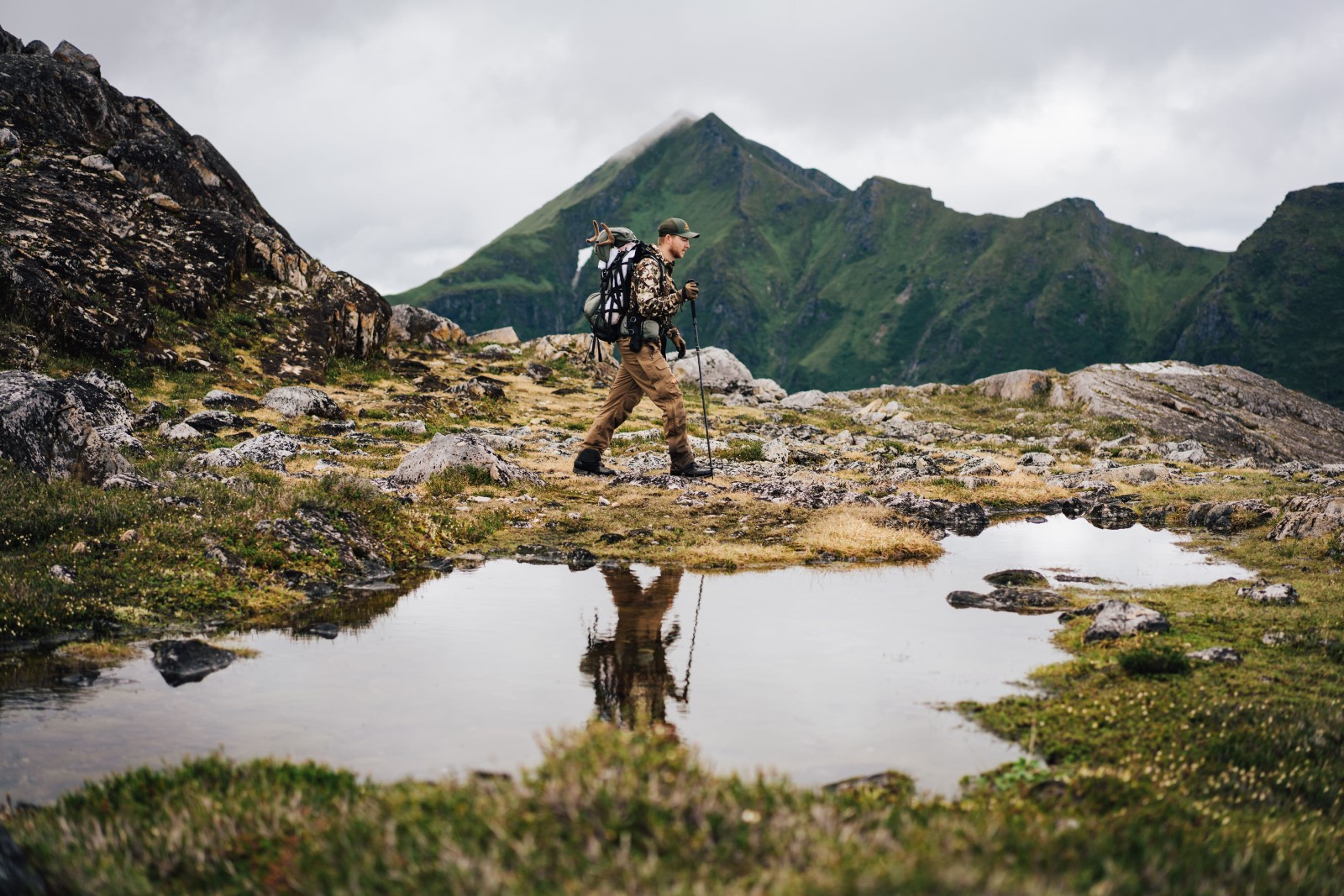
Restore Roadless Area Protections in the Tongass National Forest
The Tongass National Forest is America’s largest national forest, encompassing nearly 90 percent of the southeastern panhandle of Alaska. By lifting roadless area safeguards in the Tongass, the Forest Service under the Trump Administration has threatened 9.2 million acres of undeveloped forest, potentially undermining the region’s world-class fisheries and vital habitat for Sitka blacktail deer, bears, moose, and Roosevelt elk.
In the first 100 days, the Biden Administration should halt any pending projects that could undermine the habitat value of roadless areas and take immediate steps to restore roadless area safeguards for the Tongass.
These fish and wildlife resources not only serve as an important food source for thousands of local families—including many from indigenous communities—they provide outstanding opportunities for recreational hunting and fishing that fuels Southeast Alaska’s vibrant tourism industry. Today, the region’s recreation and fishing industries account for more than 25 percent of all local employment. Given the opportunity to influence forest management practices and budgets, the administration should also prioritize sustainable forest uses—including restoration and recreation projects—that have the greatest potential to support the region’s long-term economic growth.
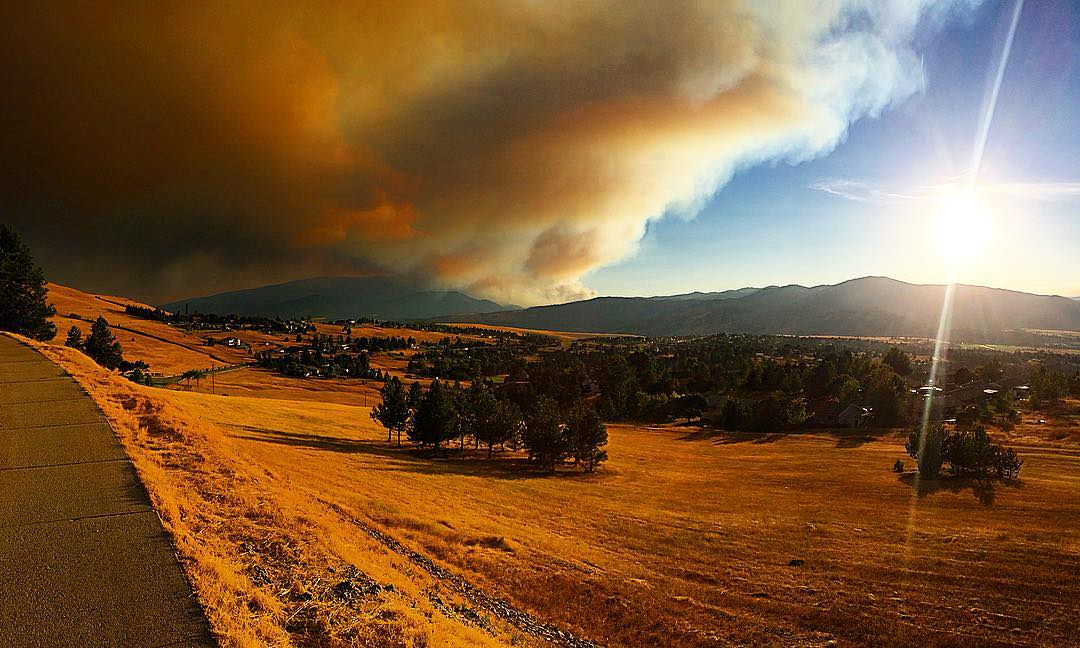
Ensure That Savings from the “Fire Fix” Go Toward Forest Health
In 2018, Congress passed a spending bill that finally helped us shift away from a dysfunctional model of funding wildfire suppression and recovery, in which the U.S. Forest Service was forced to dip into conservation accounts during catastrophic fire seasons after running out of appropriated funds. This practice was crippling the ability of agencies to manage forests effectively and actually reduce the risk of future megafires.
But, to date, the Trump Administration and Congress have not used the fire funding fix as intended. While federal agencies can now access emergency funding when they run out of fire suppression dollars, the fix was also designed to provide substantial new resources—more than $400 million for the Forest Service in 2020—that agencies could use for forest restoration and other activities. This funding was not made available in the 2020 budget.
In the first 100 days, the Biden Administration should ensure that these vital funds are invested in the health of our forests.
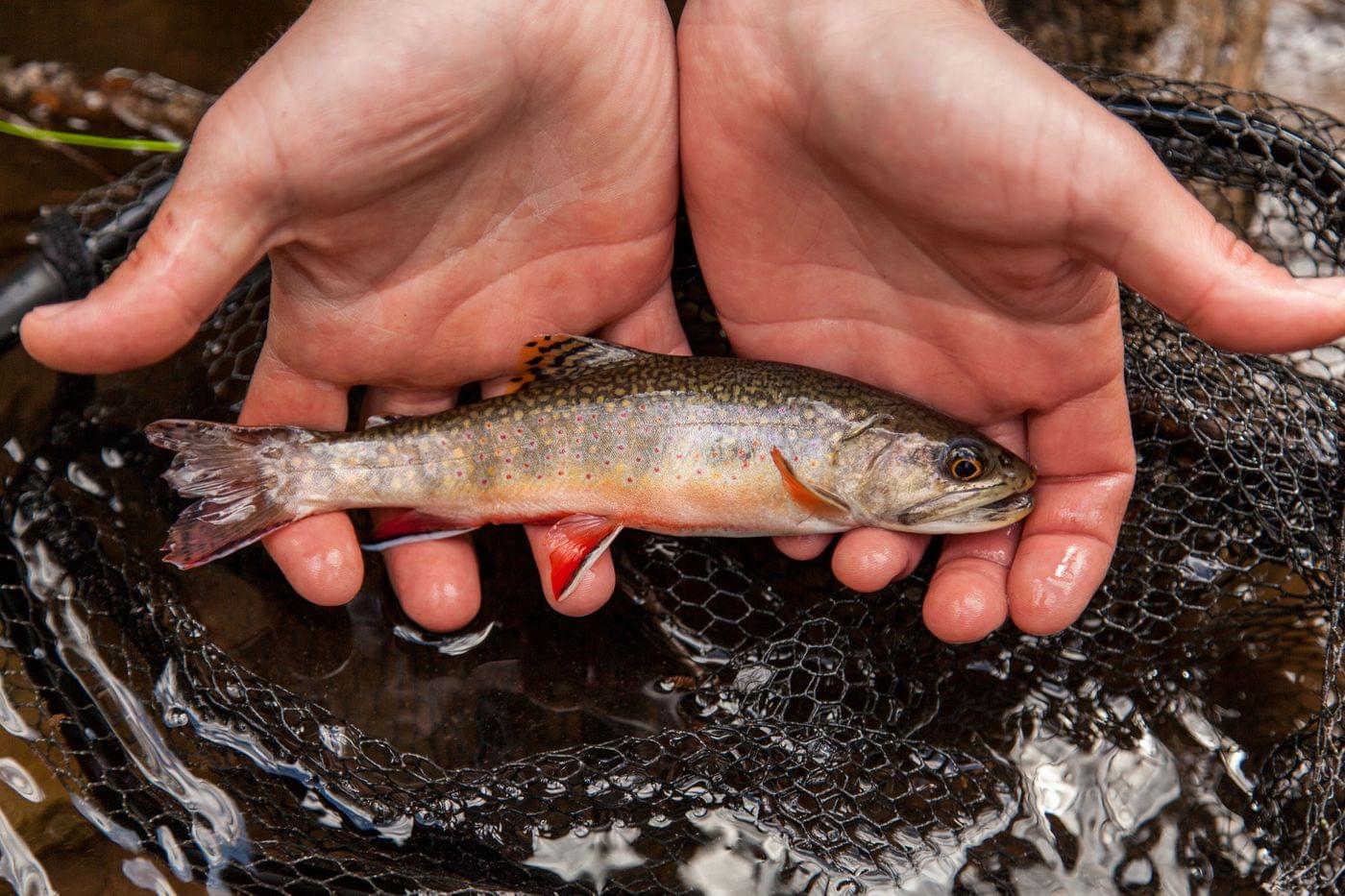
Rebuild the Bedrock Conservation Law That Protects Our Streams and Wetlands
The Clean Water Act has been one of the country’s most successful conservation tools since its passage in 1972. Sadly, in the last 20 years, uncertainty about the scope of the Clean Water Act—drawn from confusing Supreme Court decisions and several Trump Administration rules weakening the Act—has accelerated wetlands loss and threatened our most vulnerable trout streams.
The Biden Administration needs to move quickly to reverse this damage, while allowing for robust public comment. They should conduct public listening sessions and work to reach agreement on a durable definition of which waters and wetlands are protected under the Clean Water Act. Sportsmen and women can then engage—and show up in force, as we have in the past—to support the conservation of our headwater streams and wetlands.
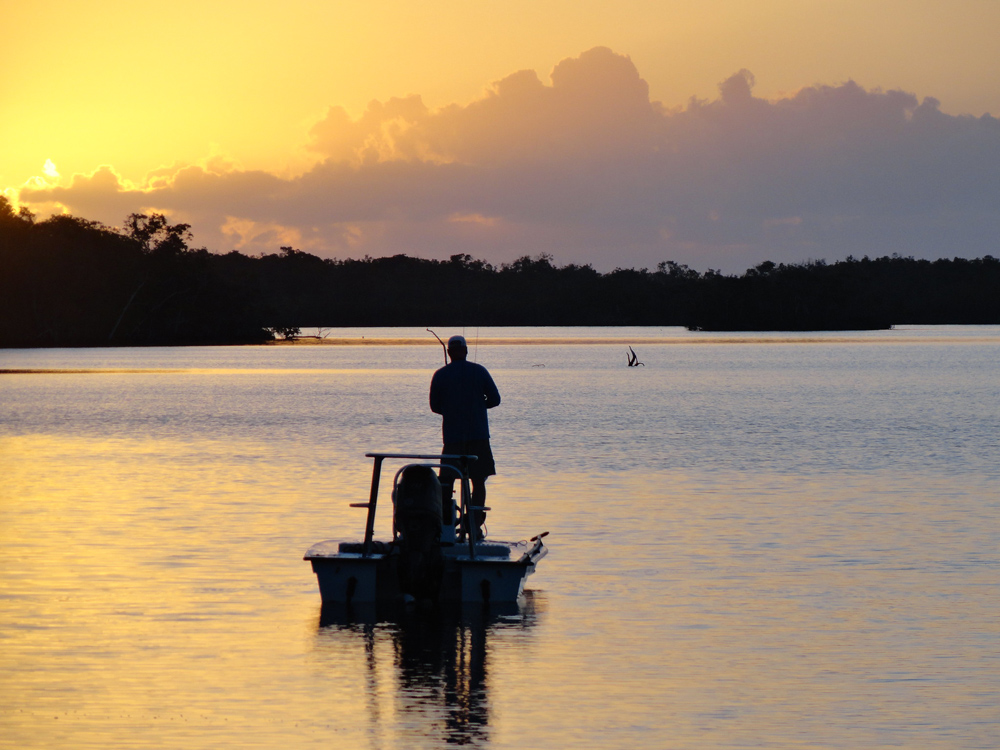
Commit to Modernizing Fisheries Management
The TRCP and its sportfishing partners have been working for the last eight years to advance fisheries policy and law that recognizes the conservation, cultural, and economic importance of saltwater angling. The recently passed bipartisan Modern Fish Act finally recognizes the fundamental difference between commercial and recreational fishing and prescribes changes in fisheries management to improve data collection and conservation strategies.
The Biden Administration should renew this commitment in its management of the federal agencies that oversee fisheries management. It is vital that the incoming administration recognize the need for NOAA Fisheries to move away from its history of focusing solely on commercial fishing and continue to develop relationships and policies that recognize the management needs and economic importance of recreational fishing. It is also vital that NOAA Fisheries examine how it applies policies and laws related to coastal habitat restoration as states seek to restore wetlands, barrier islands, and reefs that have been damaged by development, subsidence, and sea-level rise.
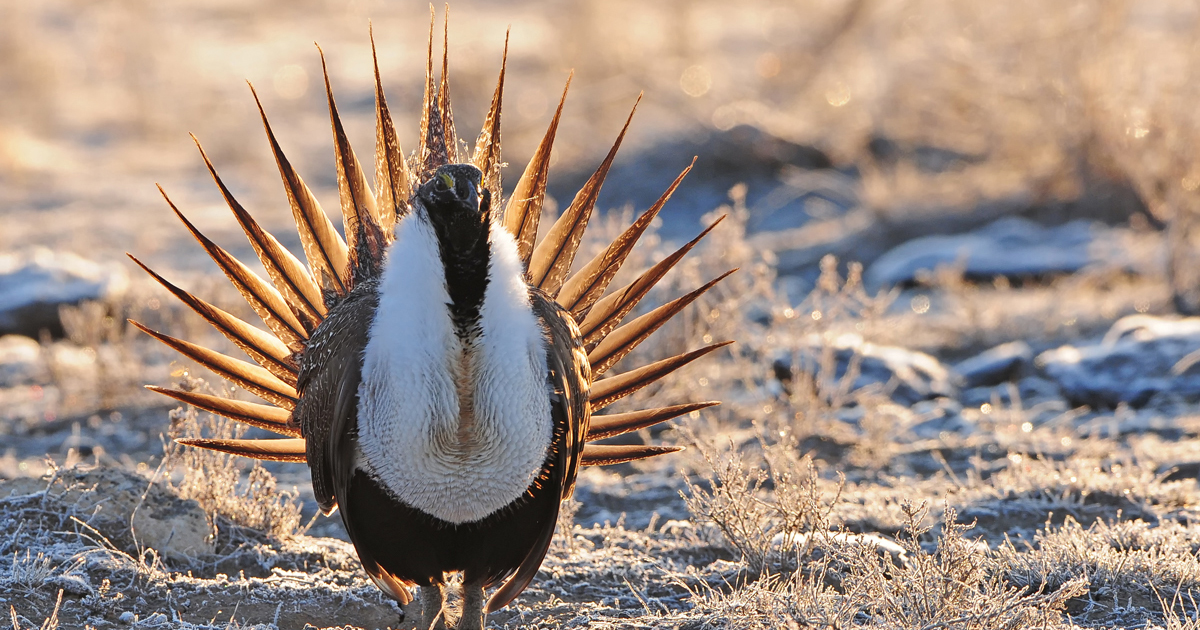
Restore Strong Conservation Plans for Greater Sage Grouse
Sportsmen and women have made a longstanding investment to maintain productive populations of the greater sage grouse, an iconic bird of the West and once-abundant quarry for American hunters. An unprecedented effort to conserve sagebrush habitat for grouse and 350 other species of wildlife and plants resulted in a historic win in 2015, when the U.S. Fish and Wildlife Service decided the sage grouse did not warrant listing as threatened or endangered, partly based on the strength of federal, state, and voluntary conservation plans created to restore the health of the species.
These plans were revised and ultimately weakened under the Trump Administration, which stripped out safeguards for certain sagebrush habitats and created more potential for development and mineral extraction within sage grouse habitat. A court injunction prevents these 2019 plans from being used, but in the meantime habitat continues to be lost and long-term grouse population trends remain in decline.
TRCP strongly recommends that the Biden Administration renew and expand efforts on all fronts on sage grouse conservation and management, including by restoring the strength of conservation plans that convinced the U.S. Fish and Wildlife Service not to list the bird.
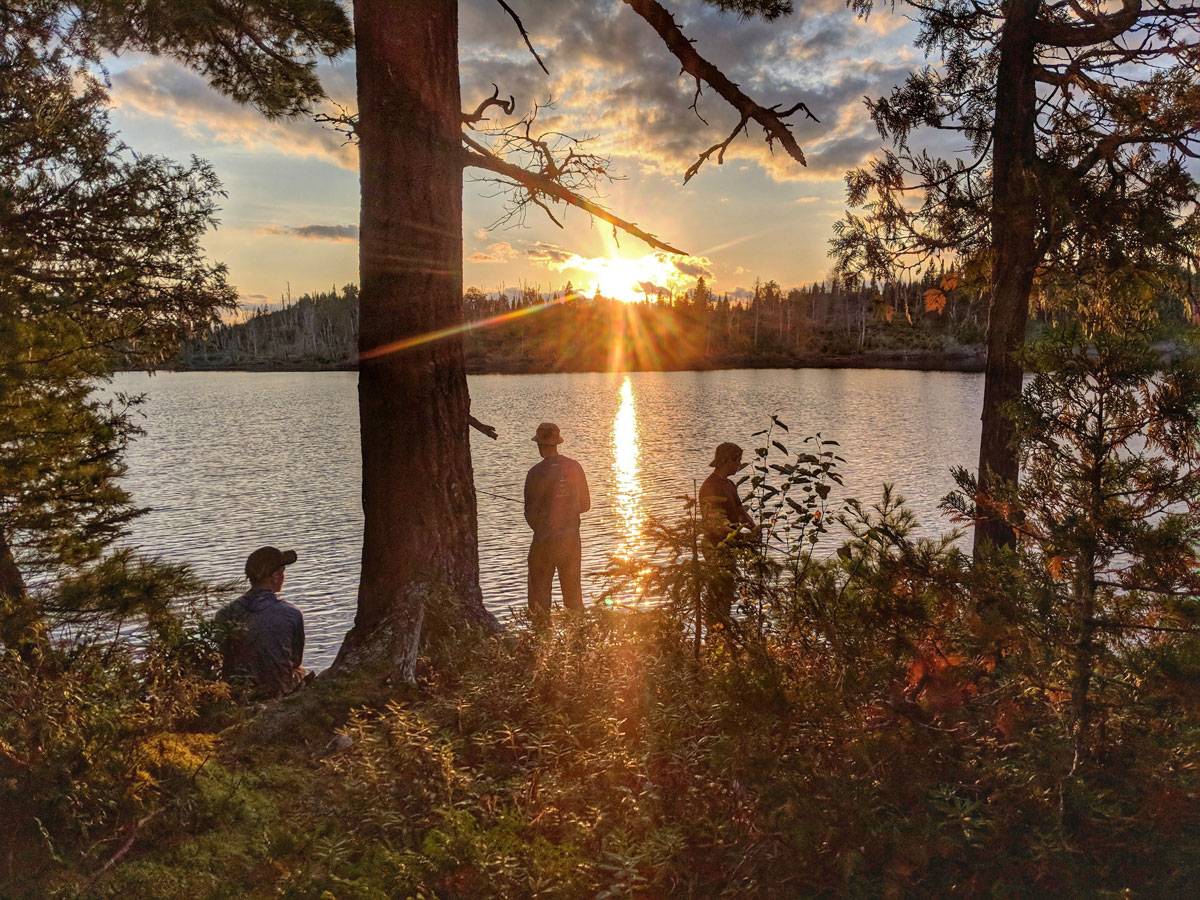
Reverse Mining Decision in Minnesota’s Boundary Waters
Minnesota’s one-million-acre Boundary Water Canoe Area is the most visited Wilderness Area in the country, a playground of fish, wildlife, and water adventure that supports a thriving recreation economy. In 2012, a mining company bought old leases and asked the Forest Service to renew them so they could open a massive copper mine five miles upstream of the Wilderness. The Forest Service completed an environmental analysis and in 2016 denied the lease renewal, because it was just too risky. The Forest Service also temporarily withdrew the land for mining and began a study of mining effects on the landscape.
But in 2018, the Trump Administration reinstated the leases, rushed through a cursory review to justify undoing the mineral withdrawal, and refused to publicize any part of the abandoned study. The Biden Administration should act quickly to develop and implement a strategy for reversing these decisions and protect the Boundary Waters permanently.
This list of priorities for the administration complements what we’re asking of Congress this year—read more about those priorities here.
Top photo by Kyle Mlynar.


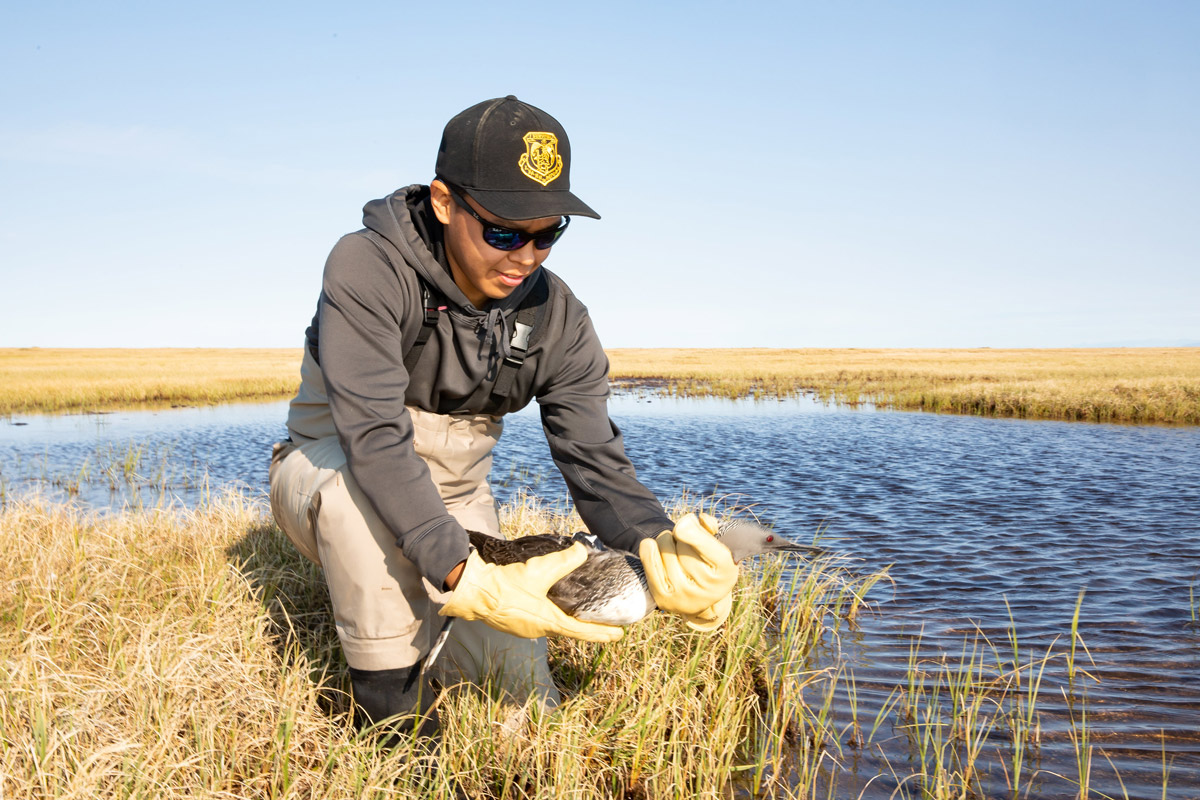
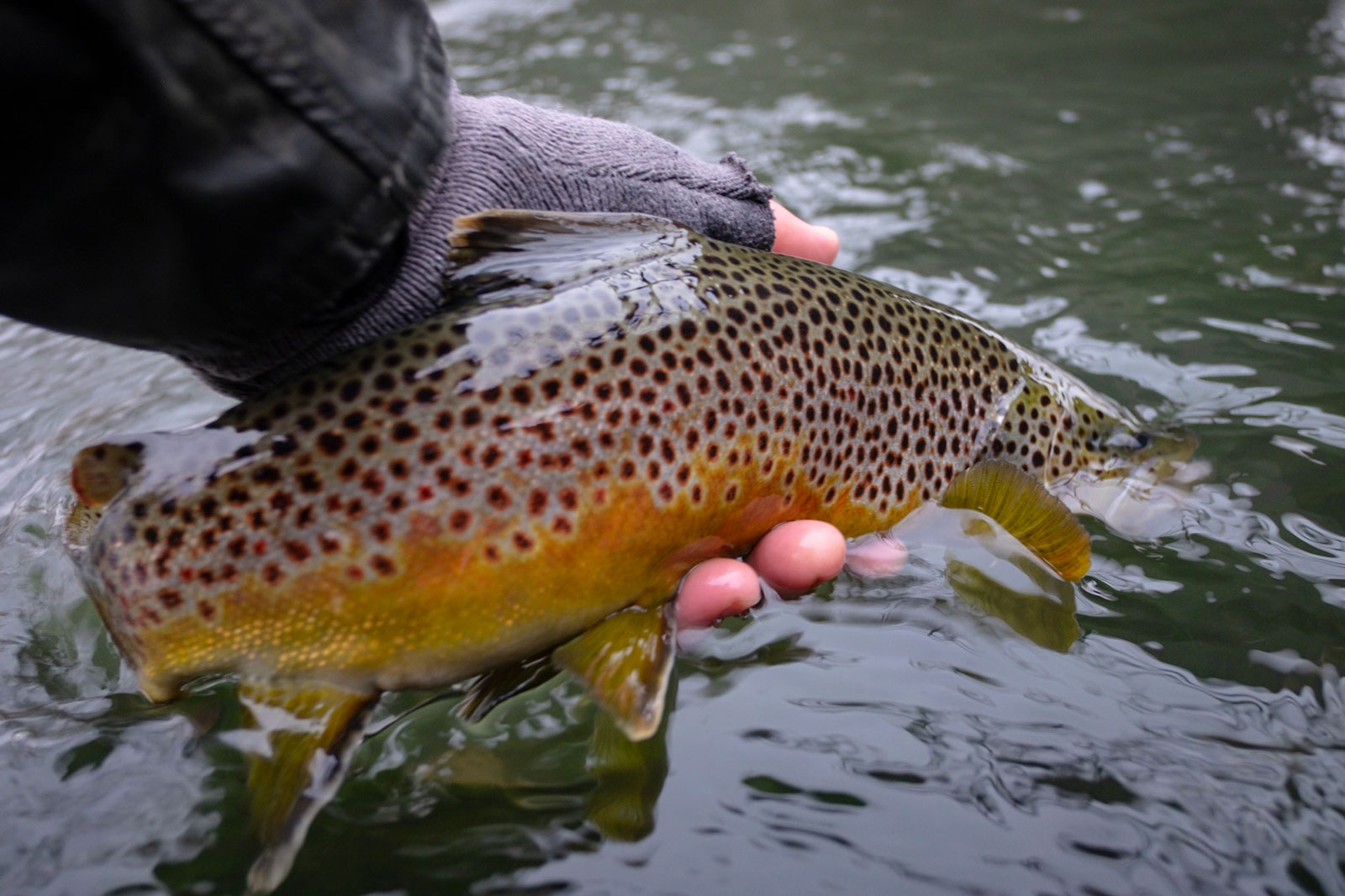
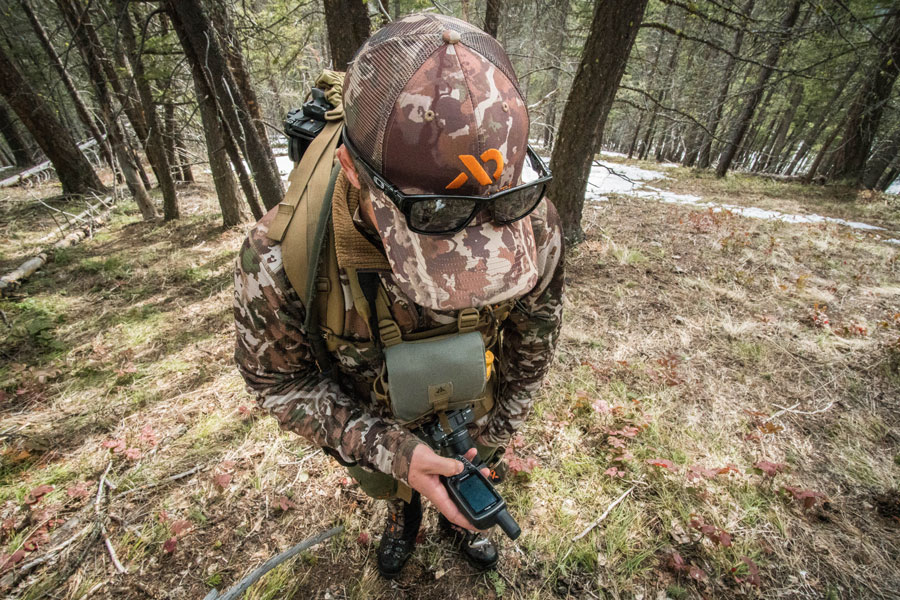
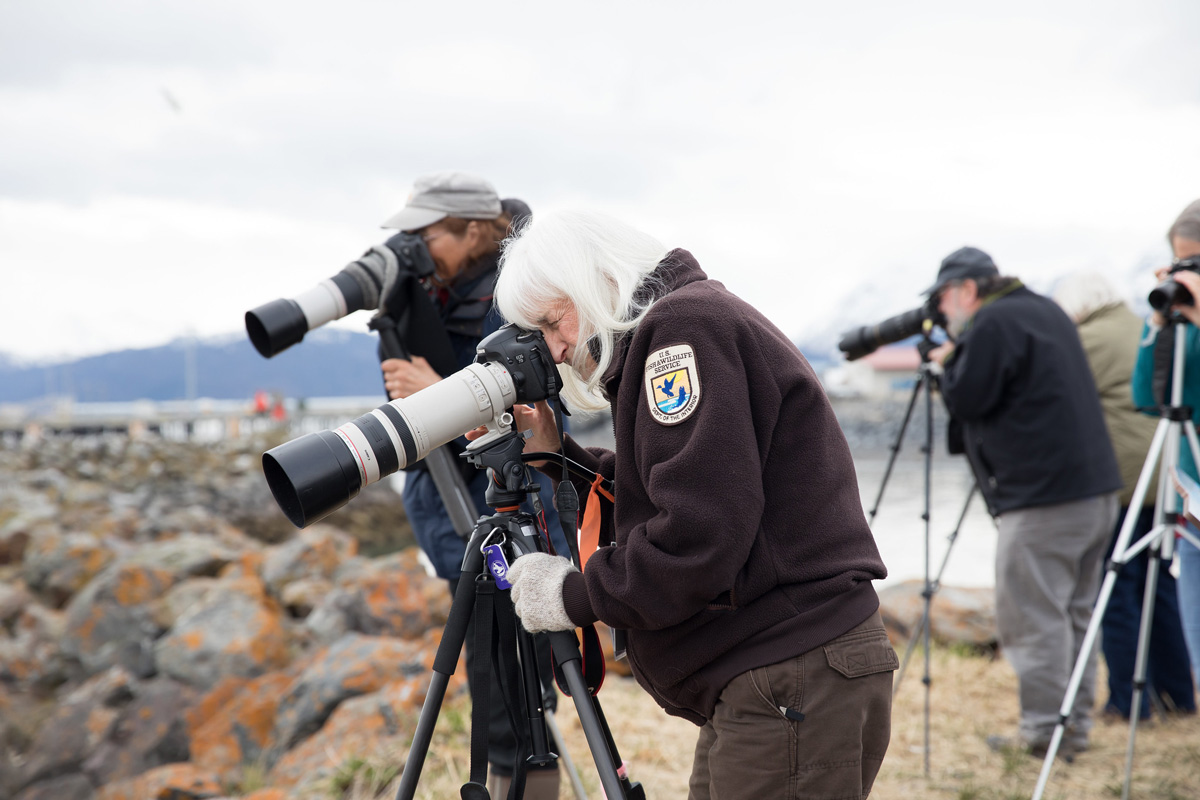
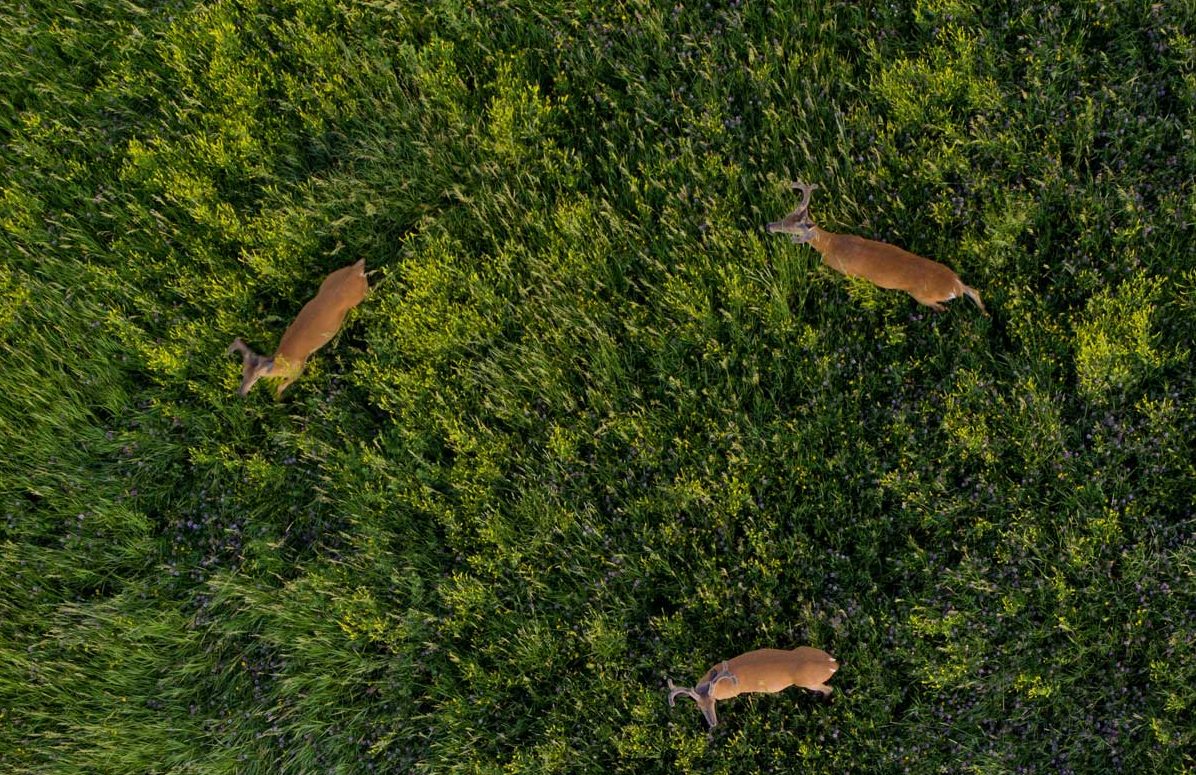
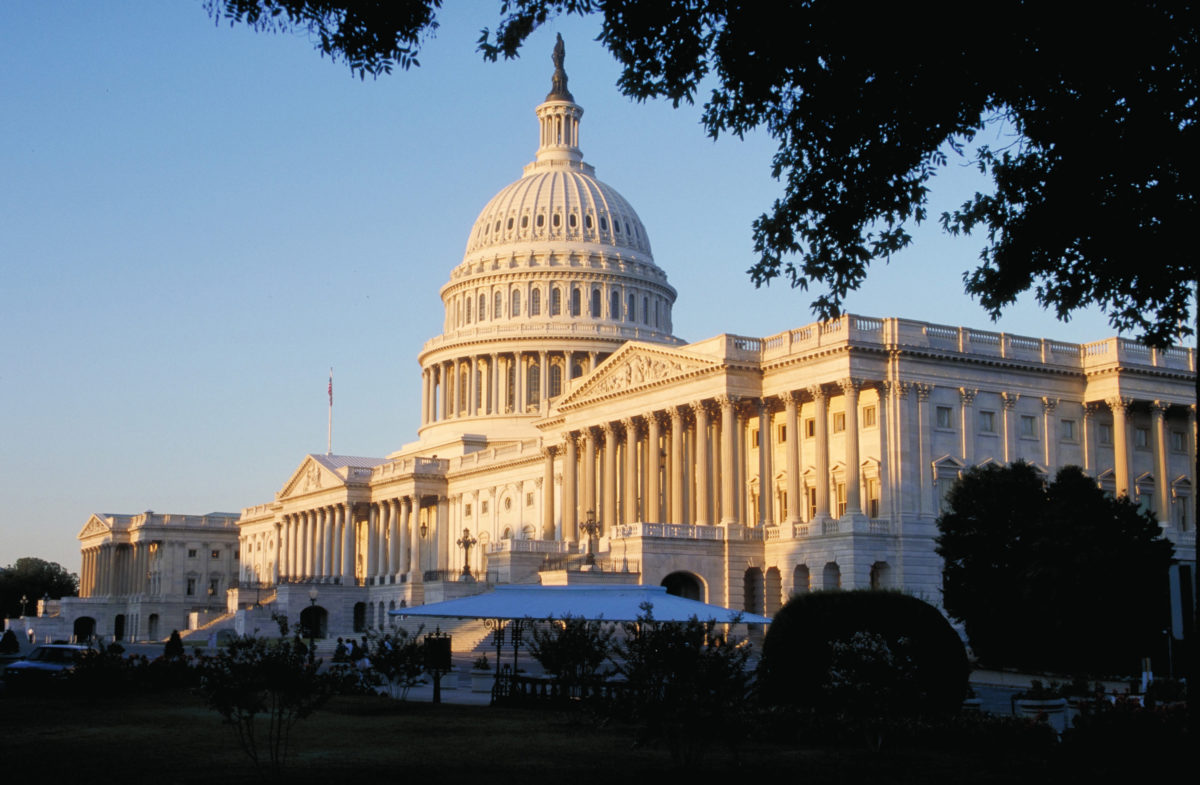




Thanks for informing us about some awesome changes in conservation, land use, clean water, and other important environmental issues.
Hi, I live and work in Alaska (for a federal conservation agency) and while I appreciate some of the talking points you have shared with the Biden-Harris transition team I believe you missed an opportunity to discuss how Alaska public lands can help the new administration achieve their 30×30 conservation goals. These lands are mostly unaltered with functioning ecosystems; however BLM has two plans out (one recently approved-Bering Sea Western Interior (BSWI) RMP ROD) and the Central Yukon RMP Draft EIS, out for public comment now (deadline March 11, 2021). BLM’s BSWI ROD proposed to open up to 13,000 million acres and the current preferred alternative of the Central Yukon draft EIS proposed to revoke all of the public land orders and current ANCSA (d)(1) mineral withdrawals that have effectively acted as safeguards to protect fish and wildlife, subsistence, recreation and sport hunting opportunities, protected watersheds, connectivity corridors and important salmon habitat and salmon runs. Rather than focus on projects and efforts to restore habitats (still very important), the priority should be to conserve intact, functioning ecosystems. If the Secretary approves revoking the public land orders, if important subsistence, cultural and recreation land gets conveyed to the State of Alaska in the Dalton Highway Corridor, then it is clear that mining will happen; it’s clear that once mining claims are staked we can never go back. We have a great opportunity to conserve lands (in areas that protect headwaters of conservations like USFWS and NPS lands, Ecological benchmarks) and help this new administration fulfill their 30×30 conservation goals. Thanks for keeping Alaska in mind, and thanks also for having one of your representatives attend one of the Central Yukon RMP Draft EIS public comment meetings. It’s good to know that others are also looking out for interests of people that enjoy recreating and subsisting on our public lands.
A great list of high priority items!
Reinstating the Civilian Conservation Corp (or something like it) would be fantastic! FDR definitely got it right–creating jobs for America’s youth with much of the paycheck going directly to the family during the Great Depression; all the while supporting conservation efforts, managing against soil erosion during The Dust Bowl Era, and capital improvements to state, local, and National Parks. Man, could we use some of that common sense now.
I agree wholeheartedly with J. Shafer’s suggestion to re-instate a program along the lines of the old CCC. Now would be great time to do that, to put Americans to work on outdoor projects to repair and expand needed conservation infrastructure, for the betterment of our fish and wildlife, and outdoor environment, as well as sporting, recreational, and agricultural stakeholders.
I live in southwest Idaho, part of the Great Basin. Having witnessed and documented, with camera and pen, the ongoing damage to our public lands caused by the subsidized public-lands livestock industry, I think one key thing that conservationists should be doing right now is advocating the complete removal of livestock from our public lands. Greater Sage Grouse and hundreds of other plant and animal species do not mix well with cattle. Not at all.
Glad to see the Clean Water Act is on your list. To be more specific, the issue of “waters of the United States” needs to include small isolated wetlands as protected. Wetland loss in the Prairie Pothole Region continues to occur – the allowed practice of “whole field pattern tile drainage” intercepts the runoff from getting to small isolated wetlands thus effectively draining them. Recent wetland loss in eastern SD (in the Prairie Pothole Region) has been and continues to be alarming. Small isolated wetlands are critical to both migratory and resident wildlife in addition to water quality and flood prevention. Water now going through these tile drains goes somewhere down stream contributing significantly to water pollution and increased flooding all down the Missouri and Mississippi river systems.
I recently spent 10 years working with USDA fire mitigation, forest health, wildfire defensible space, fire prevention programs. I worked for a large natural resource agency. In my experience, we did very little for the amount of tax payer dollars spent. Just another socialist tax and spend as far as I am concerned. I am an independent voter, who has seen this mantra of government help in all things. All these climate initiatives have one thing in common, take my tax money and spend it. The results are dubious at best, and employing a bunch of people is the most positive outcome. Do not place FDR and Teddy Roosevelt in the same category. I am tired of hearing what FDR did. By the time he was done, if you read history, he had become an emperor. We only want to believe a thinly veiled narrative. If the second world war had not happened, we would never have seen the boom in living standards across the US. It is not the governments responsibility to fix everything. Get off your butts and do something without the government.
I for one wish the government were not in every facet of our lives, including funding everything under the sun.
What Ken said…